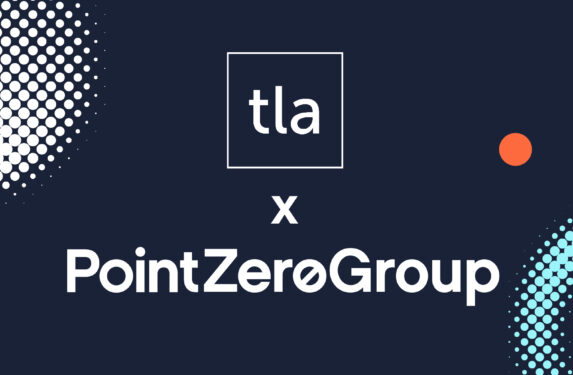
Diversity and inclusion is a topic that’s been front of mind for all of us working in employment communications, particularly over the past twelve months. It’s such a huge and complex area, but one that can’t and shouldn’t be ignored. Done properly, it benefits your organisation and society as a whole, but there’s no room for mistakes. So how do we even start designing a D&I communications strategy?
We’ve found thinking about the following three pillars often helps:
Conversation
It’s really important that we encourage people to talk about diversity and inclusion. We need to start and engage in conversations. And we need our approach to be open and honest about where we are, and where we want to be.
There are many sensitive areas, such as gender, race and privilege, which can make some people feel uncomfortable. But starting the conversation with empathy, humility and a willingness to listen and learn is often very welcome by those with whom we want to engage.
Which leads us nicely to our second pillar…
Education
Most people want to learn. Many don’t really know how they should talk about diversity and inclusion, especially those from older generations. It’s our job as communicators to help people by giving them the tools, and often the right words, to participate in meaningful conversations.
Only by doing this are we truly able to understand different perspectives and bring people together. So they can either safely continue practising their beliefs and behaviours, or consciously change them for the better.
Action
This is where we get practical. What should we be doing differently? What change do we want to see? How can we encourage people to take action? Let’s set objectives. Let’s allocate tasks. And let’s give ourselves a way of measuring (read more about that here) whatever it is we’re trying to achieve.
After all, any strategy is simply a path to take you from where you are, to where you want to be.
 How to make your EVP work harder 6 Mar For many organisations, their EVPs & Employer Brands are associated with recruitment and resourcing. But during these uncertain economic times, we think the role of […]
How to make your EVP work harder 6 Mar For many organisations, their EVPs & Employer Brands are associated with recruitment and resourcing. But during these uncertain economic times, we think the role of […] Bristol agency BrandPointZero to merge with That Little Agency to create larger full-service employer brand marketing agency 4 Jan Bristol-based employer brand agency BrandPointZero has announced a merger with fellow Bristol agency That Little Agency, a move that will significantly increase the PointZero Group’s […]
Bristol agency BrandPointZero to merge with That Little Agency to create larger full-service employer brand marketing agency 4 Jan Bristol-based employer brand agency BrandPointZero has announced a merger with fellow Bristol agency That Little Agency, a move that will significantly increase the PointZero Group’s […] Not ready for a 4-day week? There’s still plenty you can learn from the UK trial. 23 Mar We’ve been following the UK trial of a 4-day working week with interest here at BrandPointZero, because anything that impacts organisational culture and gives businesses […]
Not ready for a 4-day week? There’s still plenty you can learn from the UK trial. 23 Mar We’ve been following the UK trial of a 4-day working week with interest here at BrandPointZero, because anything that impacts organisational culture and gives businesses […]
